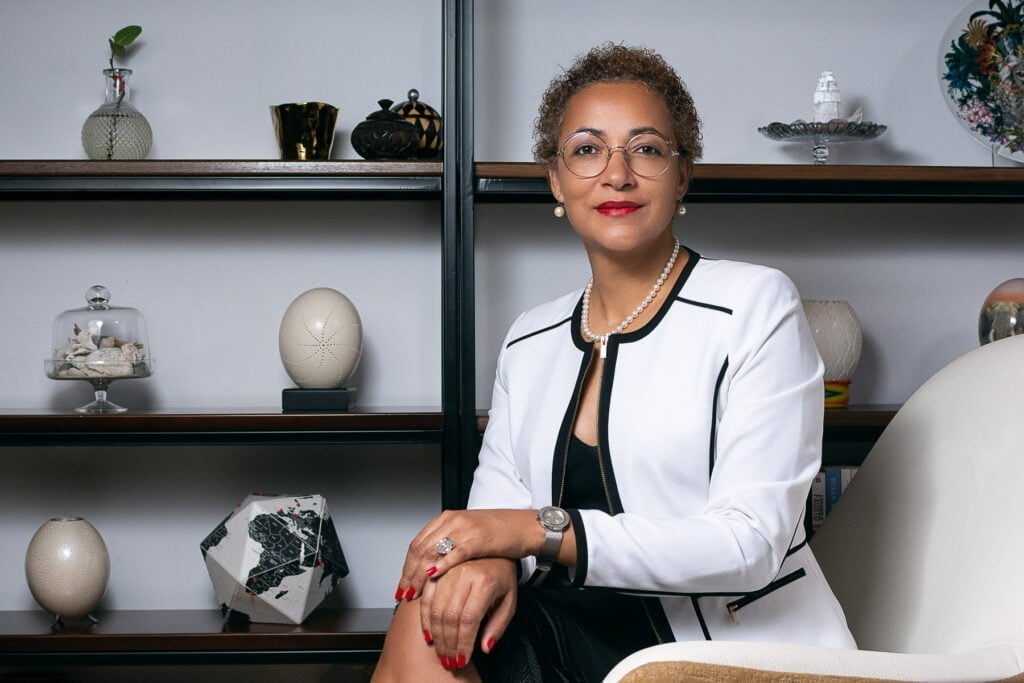A Fractured World: Is the Gender Pay Gap a Challenge for Women or for Humanity?
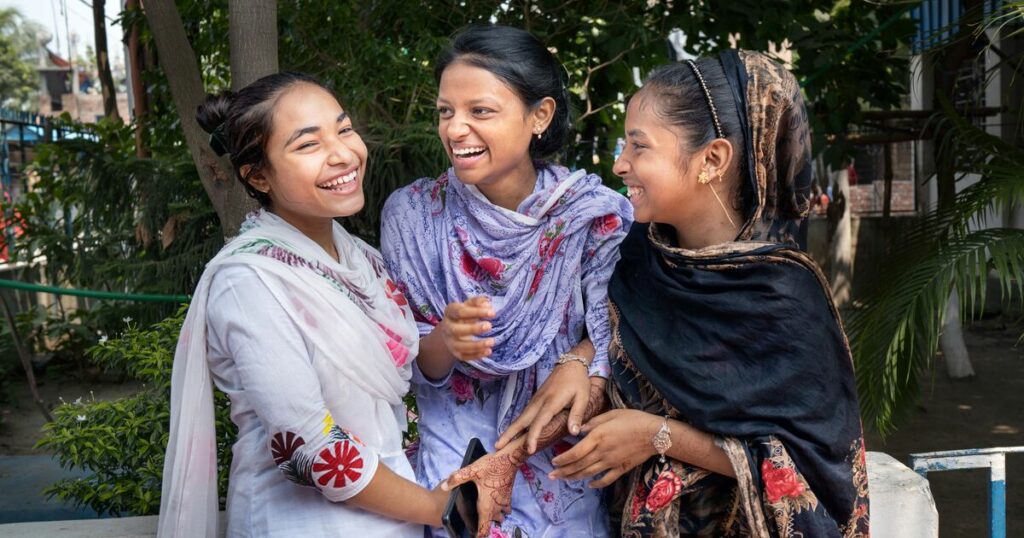
Far too often in my life, I’ve been told that “girls should maintain a quiet and composed demeanour, refrain from speaking too loudly or too frequently” because it’s deemed inappropriate, and that my ideas therefore hold little significance. In essence, I was repeatedly informed that my voice didn’t merit acknowledgment. I never dared to challenge these notions because I believed that adhering to these social norms and avoiding disruption was the path of least resistance. I lived in constant fear of repercussions if I deviated from these established norms.
As I progressed into adulthood, particularly within my professional sphere, where I’ve spent 25 years navigating international organisations, I encountered instances where my voice continued to be overshadowed. Doubts would invariably creep in: “What if I express an erroneous viewpoint? What if my opinions carry no weight? What if my outspokenness jeopardises my career?
The statistics are as glaring as they are unsettling: for every dollar earned by men in labour income globally, women earn a meagre 51 cents. This relentless gender pay gap is not just a figure on a spreadsheet; it represents a stark and unyielding injustice that refuses to fade away.
But the inequality doesn’t stop there. Globally, at current rates of progress, a staggering 110 million girls and young women are set to be deprived of education by 2030. These girls, full of potential and dreams, face formidable barriers that prevent them from accessing the knowledge and opportunities they so rightfully deserve.
In this article, I want to take a closer look at the sobering reality of our times, where gender disparities persist with startling tenacity. Yet, it is not just a story of bleak numbers and missed opportunities; it is a story of resilience and the unwavering determination to change the narrative. Striving for progress and gender equality doesn’t change the sobering reality: we are really far from achieving gender parity. Despite significant strides towards greater equality over the years, the latest statistics paint a bleak picture that demands our attention and action.
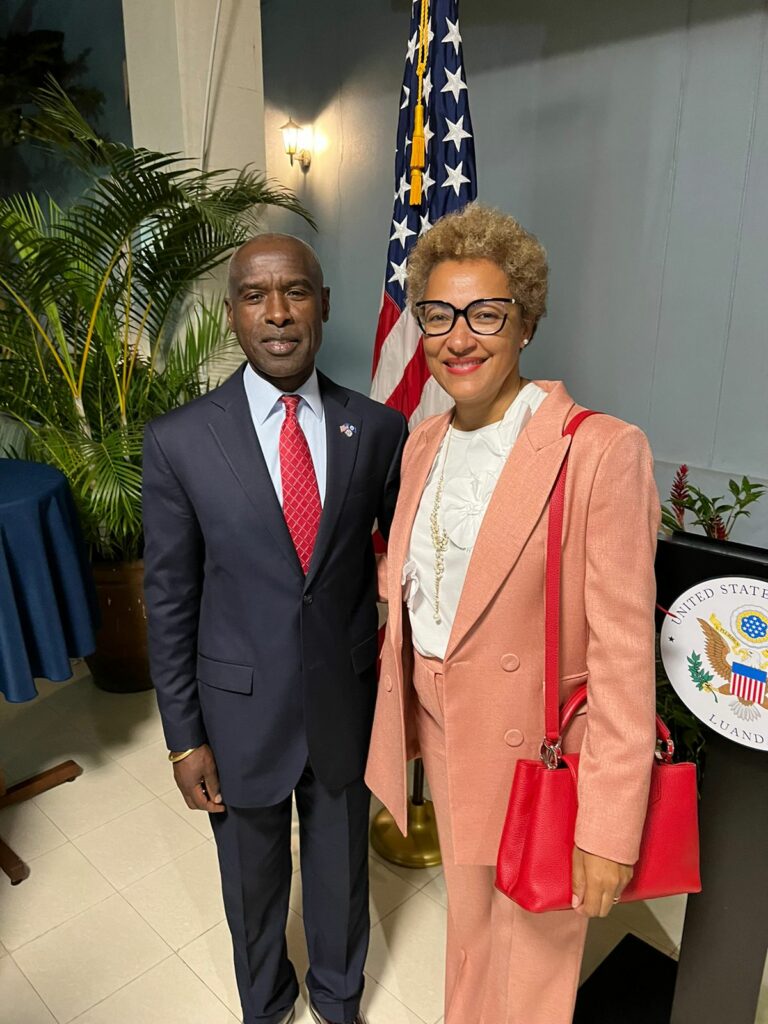
The Education Divide: 110 Million Dreams Deferred
Education is the cornerstone of empowerment, and it’s disheartening to learn that millions of girls and young women are being denied this fundamental right. In 2017, we hoped for progress, but instead, the number of girls out of school is projected to rise. Imagine the untapped potential, creativity, and innovation lost when girls are denied access to quality education. It’s not just their dreams that are deferred; it’s also the dreams of societies and economies that could benefit from their contributions.
The barriers to girls’ education are multifaceted and often include cultural norms, economic constraints, and limited access to safe and quality schools. We must recognize that educating girls is not just a matter of social justice but an essential investment in our collective future. When girls receive an education, they are more likely to lead healthier lives, earn higher incomes, and contribute to the well-being of their communities. Empowering girls through education is not just a moral imperative; it’s an economic and social imperative.
The Gender Pay Gap: A Persistent Injustice
Despite growing awareness of gender pay disparities, the numbers remain dishearteningly skewed. As I already mentioned, for every dollar earned by men in labour income across the globe, women earn only 51 cents. This gaping wage divide not only perpetuates economic inequality but also reinforces harmful stereotypes and discrimination against women in the workplace.
The consequences of this pay gap are far-reaching. It affects women’s financial security, their ability to save for the future, and their overall quality of life. It’s a disheartening reminder that women, despite their talents and qualifications, often face systemic hurdles that hinder their economic progress.
Resilience – a powerful tool for Women in the Workforce
One critical step towards addressing the gender pay gap is increasing women’s participation in the labour force. Currently, only 61.4 percent of prime working-age women are in the labour force, compared to a staggering 90 percent of prime working-age men. This imbalance not only affects women’s earning potential but also hampers the growth of economies and limits the talent pool for businesses and organisations.
Empowering women in the workforce involves dismantling barriers, challenging stereotypes, and implementing policies that promote gender equality. Companies can play a pivotal role by implementing equitable pay practices, offering family-friendly policies, and fostering inclusive work environments where women can thrive.
Steps to Gender Equality must be inclusive, involving both Men and Women
Upon receiving the invitation to the Influential Angolan Women’s gathering, hosted by Ambassador Dr. Tulinago S. Mushing in commemoration of Women’s Equality Day on August 26th, I was deeply honoured and privileged. It is truly humbling to be acknowledged as one of these remarkable women, particularly for our ongoing and future efforts in the realm of Women’s Leadership in Angola.
When organisations value topics related to gender equity and provide networking and fellowship opportunities, another positive step is made but we have a very long journey ahead of us before we reach gender equality. It is important to emphasise that this process must be inclusive, involving both men and women, which may seem easy but isn’t always the case.
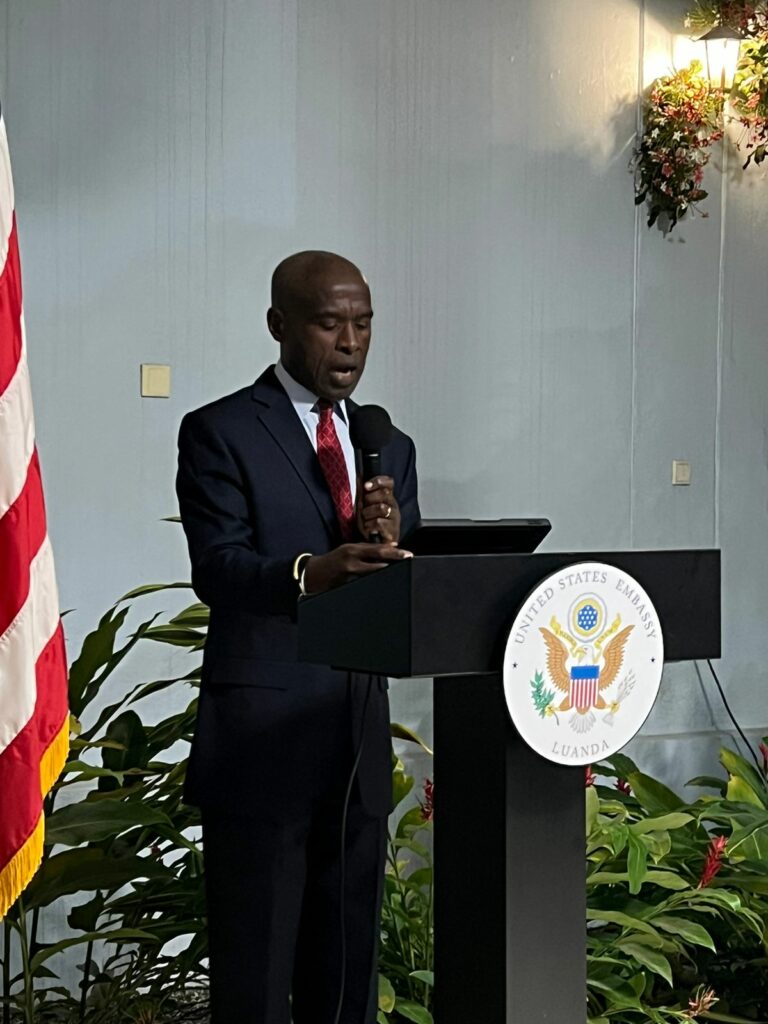
In this regard, the message shared by the Ambassador, is well-received:
“The involvement of men is of utmost importance, as they play a vital role in championing and amplifying the cause of gender equality, ensuring that opportunities for women are both fair and impartial. Gender inclusivity stands as a prominent feature on the USA’s political agenda. Embracing men’s participation, as they support and harmonise their voices to uphold equitable and just prospects for women”. -Ambassador Dr Tulinago S. Mushing
Maintaining, elevating, and keeping this stance in mind will enable individuals and organisations to be more conscious of how they can contribute to reversing the current state of gender disparity. Speaking of gender equality and equity involves considering the following actions:
- Engage senior leadership in the development and execution of medium-term (1-3 years) and long-term (3-5 or even up to 10 years) strategies for gender equity and equality. Establish clear and attainable metrics, communicate them widely, put them into action, and regularly assess progress on a weekly, quarterly, and annual basis. Maintaining constant visibility and adapting as needed is crucial.
- Defining achievable and realistic metrics, communicating them, implementing them, and tracking progress on a weekly, quarterly, and annual basis. Maintaining visibility over these metrics is crucial and aligning and adjusting them as necessary.
- Cultivating a culture where terms like equity, equality, diversity, and inclusion are part of daily life and best practices at all levels and by all stakeholders.
- Empowering leaders on these topics by providing them with the necessary tools to implement them in their organisation, community, and government, while also enabling them to develop a more inclusive, humane, and sustainable leadership style.
Allowing more women and girls to be treated more equitably and equally, while also strengthening their skills and creating more opportunities for the inclusion of female leaders, can be achieved through capacity-building programs, mentoring, and coaching, addressing various dimensions: technical, soft skills, and leadership.
Being inclusive means bringing everyone into the discussion, but most importantly, into sustained and intentional action. Valuing people is the first step, and valuing female leaders remains a priority to amplify gender equity. We need everyone, women, and men, to maintain this level of awareness, cooperation, networking, and shared co-creation as expressed by the Honourable Ambassador, because only then can we truly build the change toward a more egalitarian world.
Gender equality- what can you do to make a difference
The numbers tell a sobering story, but they also serve as a call to action. We cannot afford to stand idle while millions of girls are denied education, and women continue to face economic disparities. Gender equality is not just a women’s issue; it’s a human issue, and it requires the collective efforts of individuals, communities, governments, and organisations worldwide.
Here’s what you can do to make a difference:
Support organisations working to promote girls’ education and women’s empowerment
Across continents, numerous organisations are championing the cause of girls’ education and women’s empowerment. In Africa, Plan International’s “Because I am a Girl” program and the Malala Fund are leading the charge, ensuring girls have access to education and healthcare. Over in Asia, CARE International’s “Girls Not Brides” initiative and The Asia Foundation’s “Girls’ Education in Asia” program are making strides in ending child marriage and enhancing educational quality. Europe sees the European Women’s Lobby advocating for women’s rights across the EU, while Plan International Europe focuses on the broader region, including Central Asia. North America’s Girls Inc. and Malala Fund USA are empowering young girls to reach their potential and raising awareness about the importance of education.
Meanwhile, in South America, Plan International Latin America and the Caribbean, along with CARE Latin America and the Caribbean, are tirelessly working to promote girls’ education and combat poverty. While each organisation has its unique approach, their collective mission is clear: to create a world where every girl has the opportunity to thrive.
You can support these global efforts by donating, volunteering, advocating for their causes, or even starting awareness campaigns in your community. Together, we can make a tangible difference in the lives of girls and women worldwide.
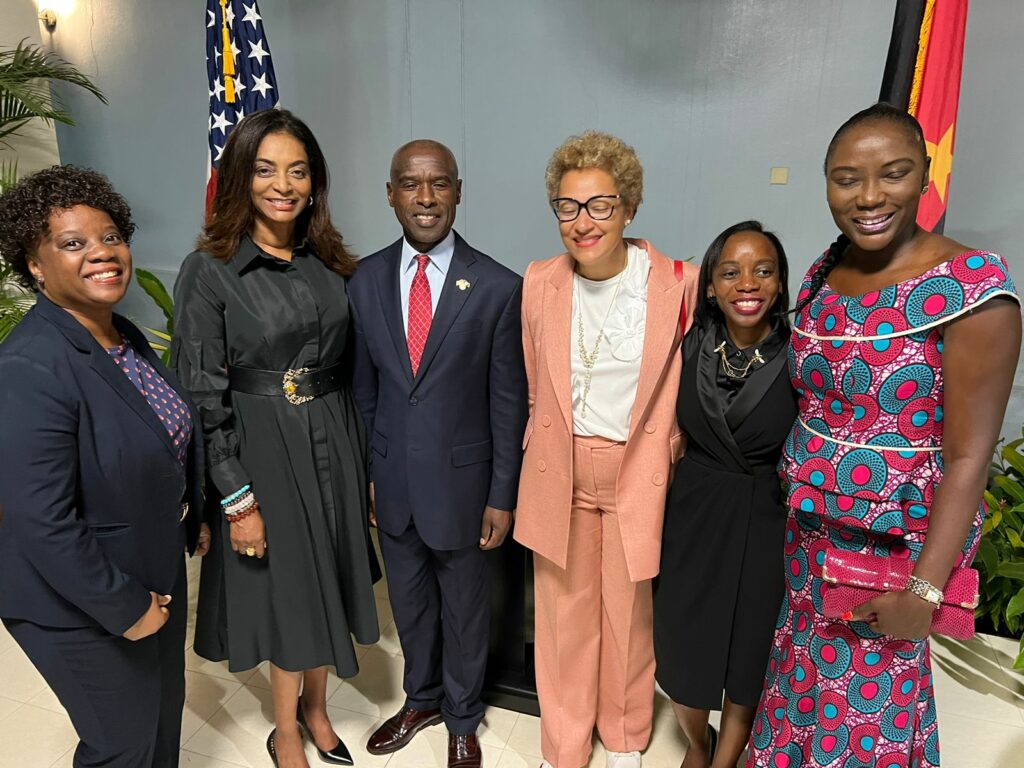
Advocate for policies that promote gender equality in education and the workplace.
Across the globe, concerted efforts are being made to advocate for policies that champion gender equality in education and the workplace. In the European Union, the Gender Equality Strategy 2020-2025 emphasises early childhood education, combating gender stereotypes, promoting women in leadership roles, and addressing gender-based violence. Countries like Sweden, Norway, and Spain have set legislative benchmarks, from gender equality plans in companies to equal pay mandates.
Asia sees the Asian Development Bank’s Gender Equality Policy at the forefront, with countries like South Korea, Japan, and India implementing policies ranging from gender equality plans in businesses to paid maternity benefits. The African Union’s Gender Policy is complemented by national efforts in countries like Rwanda, Namibia, and Kenya, which have introduced quota systems, anti-discrimination acts, and constitutional guarantees for gender equality.
In the Americas, the Organization of American States promotes gender equality, with countries like Canada, the United States, and Brazil enacting policies from charters guaranteeing equal rights to laws ensuring equal pay. While these policies and initiatives signify progress, the journey towards achieving comprehensive gender equality worldwide continues.
Encouraging Girls and Women to Pursue Dreams Without Limitations
Empowering girls and women to chase their dreams without boundaries is pivotal for a progressive society. It’s not just about verbal encouragement; it requires tangible actions to create an environment where they feel supported and confident. Here are some practical steps to foster such an environment:
- Mentorship Programs: Establish or support mentorship programs where girls and women can be paired with experienced professionals in their fields of interest. These mentors can provide guidance, share experiences, and offer insights that can be invaluable in navigating challenges.
- Skill Development Workshops: Organise workshops that focus on building both hard and soft skills. From coding classes to leadership training, these sessions can equip them with the tools they need to excel in their chosen fields.
- Safe Spaces for Expression: Create platforms, like discussion groups or clubs, where girls and women can share their aspirations, challenges, and experiences. These spaces allow them to voice concerns, seek advice, and find solidarity.
- Promote Success Stories: Highlight and celebrate the achievements of women in various fields. When girls and young women see someone who looks like them succeeding, it reinforces the belief that they can too.
- Challenge Stereotypes: Actively work against societal norms that dictate what girls and women ‘should’ and ‘shouldn’t’ do. Encourage diverse interests, from STEM to arts, and ensure they know that no field is off-limits to them.
- Financial Support: Establish or promote scholarships, grants, or funding opportunities specifically for girls and women. Financial support can often be the bridge between dreams and reality.
- Encourage Resilience: Teach the importance of perseverance. Every journey has its setbacks, but it’s essential to understand that failures are stepping stones, not roadblocks.
- Open Dialogues at Home: Encourage families to have open conversations about aspirations and ambitions. A supportive home environment is foundational for anyone to pursue their dreams confidently.
By integrating these practical steps into communities and institutions, we can create a world where girls and women feel empowered to chase their dreams, break barriers, and redefine boundaries.
Together, we can break down the barriers that hold girls and women back, ensuring a brighter, more equitable future for all. Let us work tirelessly to transform these alarming statistics into a story of progress, equality, and empowerment. The time for change is now, and it begins with each one of us.
Do you want to share your story and inspire our readers ? Know that every story is paving the way for a brighter, happier future.
